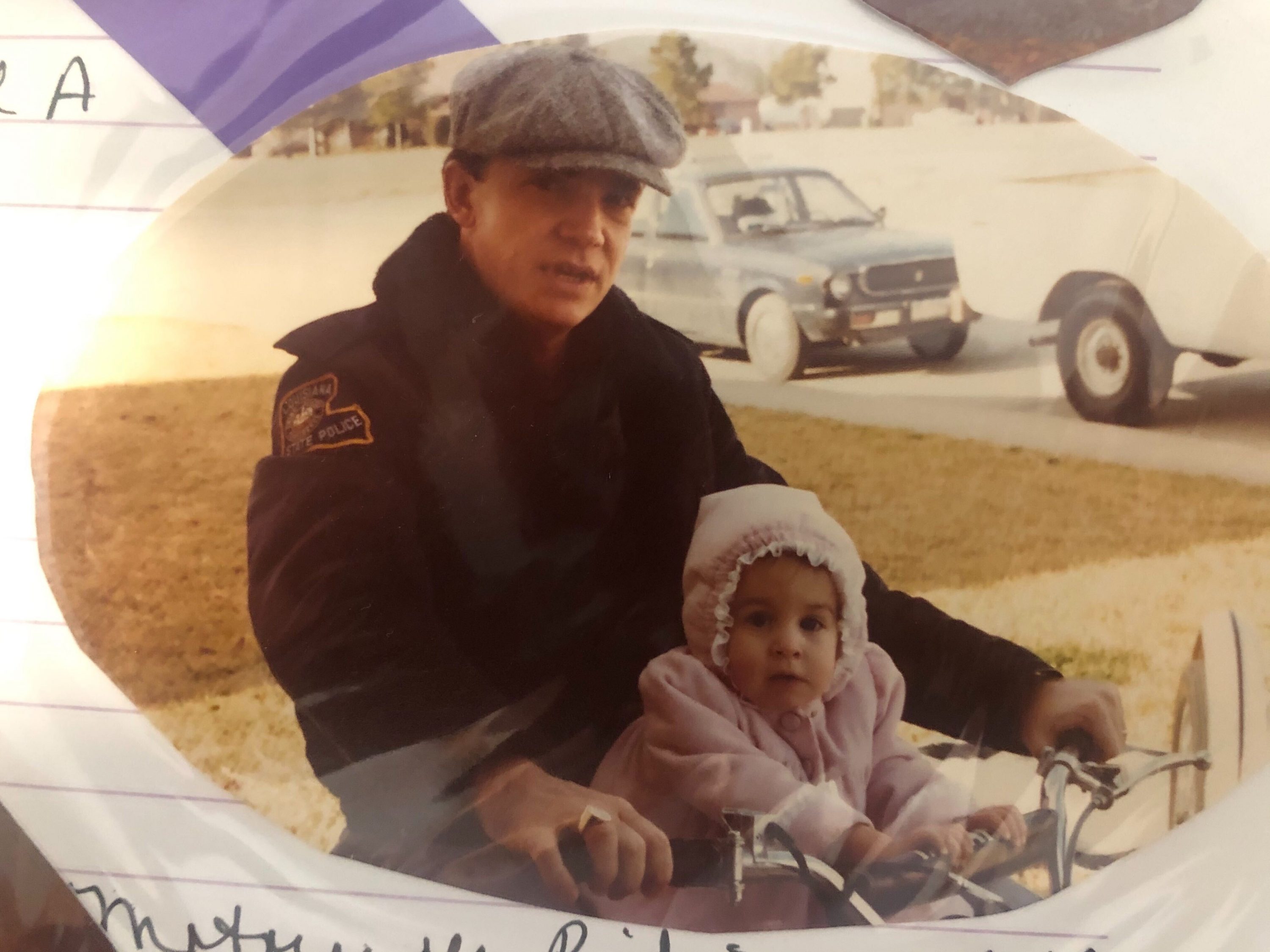Tuesday, Aug. 24
August 24, 2010Thursday, Aug. 26
August 26, 2010It’s been five years since Hurricane Katrina sent south Louisiana scurrying for safety.
She beat and battered our shores, demolished levees and destroyed homes and lives in her path.
Katrina would become the measurement of our most daunting shortfalls and most courageous heights – as a state and a nation.
News reports would reveal a harrowing scene Americans had come to expect from Third World countries. Men, women and children plucked from treetops and roofs of homes as the muddy Mississippi River lapped at their feet. Bed sheets served as makeshift banners, bearing the painful words, “Help Us.” Bodies floating down New Orleans’ main streets as families – clinging to their few remaining belongings – waded through the murky water.
And the devastation. So much devastation.
Along the Louisiana/Mississippi coast, towns and cities were swiped clear of homes and businesses. Katrina and subsequent tornadoes leveled the horizon. Few recognized the place they and generations before called home, and none of us thought this region would ever be the same.
For every “You’re doing a heck’uva job Brownie” we heard, there were glimmers of inspiration. What our federal government failed to understand, locals clearly got. And acted quickly.
The Tri-parishes would serve as a safe-haven for many evacuees – once awkwardly called “refugees” during the ordeal.
And while most of the northern reaches of the Tri-parishes were spared, the coastal region wasn’t as fortunate. Many homes and businesses took on water as the powerful storm, although downgraded to a Category 3 storm when she came ashore, pushed water in her path.
Federal Emergency Management Agency temporary trailers dotted our communities for the months and years to come. The demand for construction workers was immediate. And parishes quickly went about rebuilding. The call for strengthened storm protection would become our mantra.
Five years later, we’re seeing improvement … growth … and miracles.
The Road Home has often been an uphill, rocky path. And Louisiana has been forced to re-evaluate every aspect of safety: from how we build homes to how we evacuate millions.
Some days, five years feels like a lifetime ago. Others, Katrina’s remnants will never be erased. Each time a storm threatens to enter the Gulf, we’re all left wondering, “Will it be another Katrina?” Before long, all those feelings of hopelessness and helplessness that followed Katrina’s landfall return.
But our experiences in the five years since we watched Katrina’s aftermath have made us stronger. We’ve endured other storms – most recently, hurricanes Gustav and Ike – we’ve continued to reshape our storm guidelines and we’ve watched from the Superdome – ground zero for the nation’s worst natural disaster – as our New Orleans Saints battled toward a Super Bowl victory.
We’re a tough breed in south Louisiana. And our heritage is important to us. We remember it, respect it and, hopefully, learn from it.
Katrina, we remember you. And all of those who came to our aid in her aftermath, thank you.







